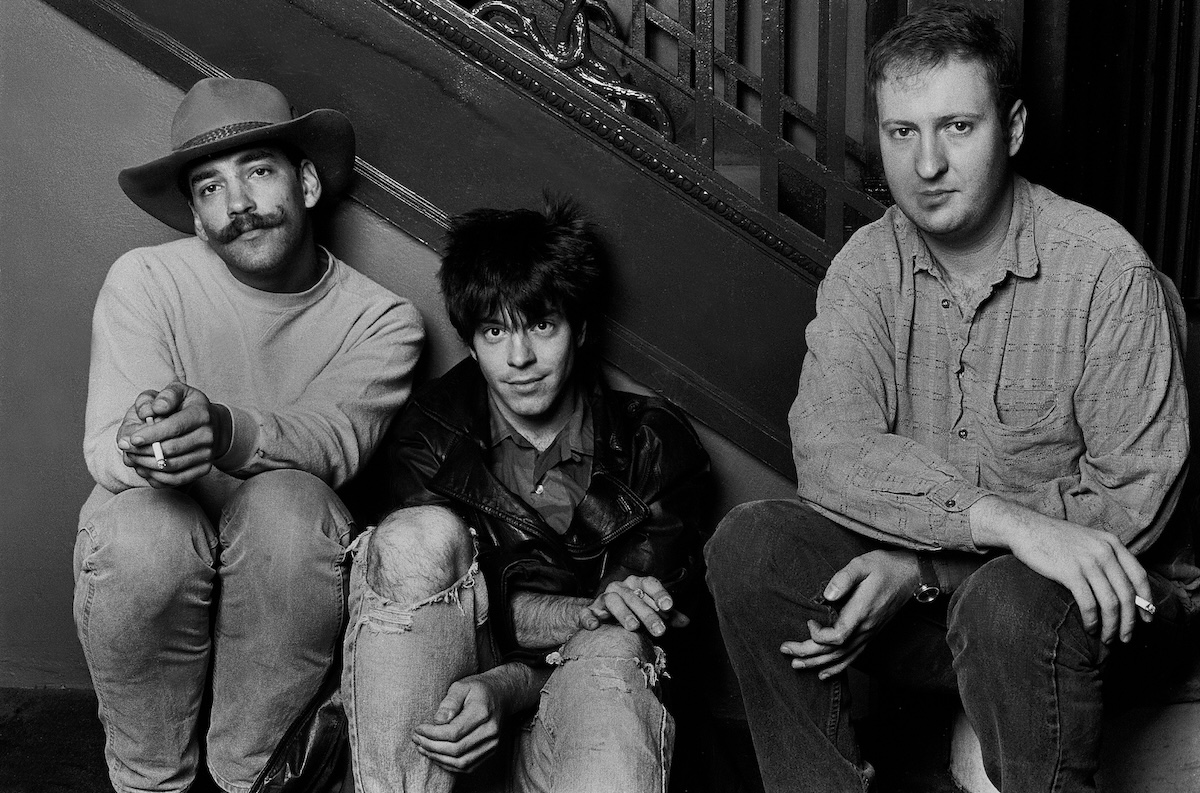
In 1979, when American punk was still largely a coastal phenomenon in New York and California, drummer Grant Hart, guitarist Bob Mould, and bassist Greg Norton got together in Minnesota and started playing as fast and loud as they possibly could. Hüsker Dü began releasing albums in 1982, and created at an incredible pace, writing and releasing over 100 songs in the space of a little over five years.
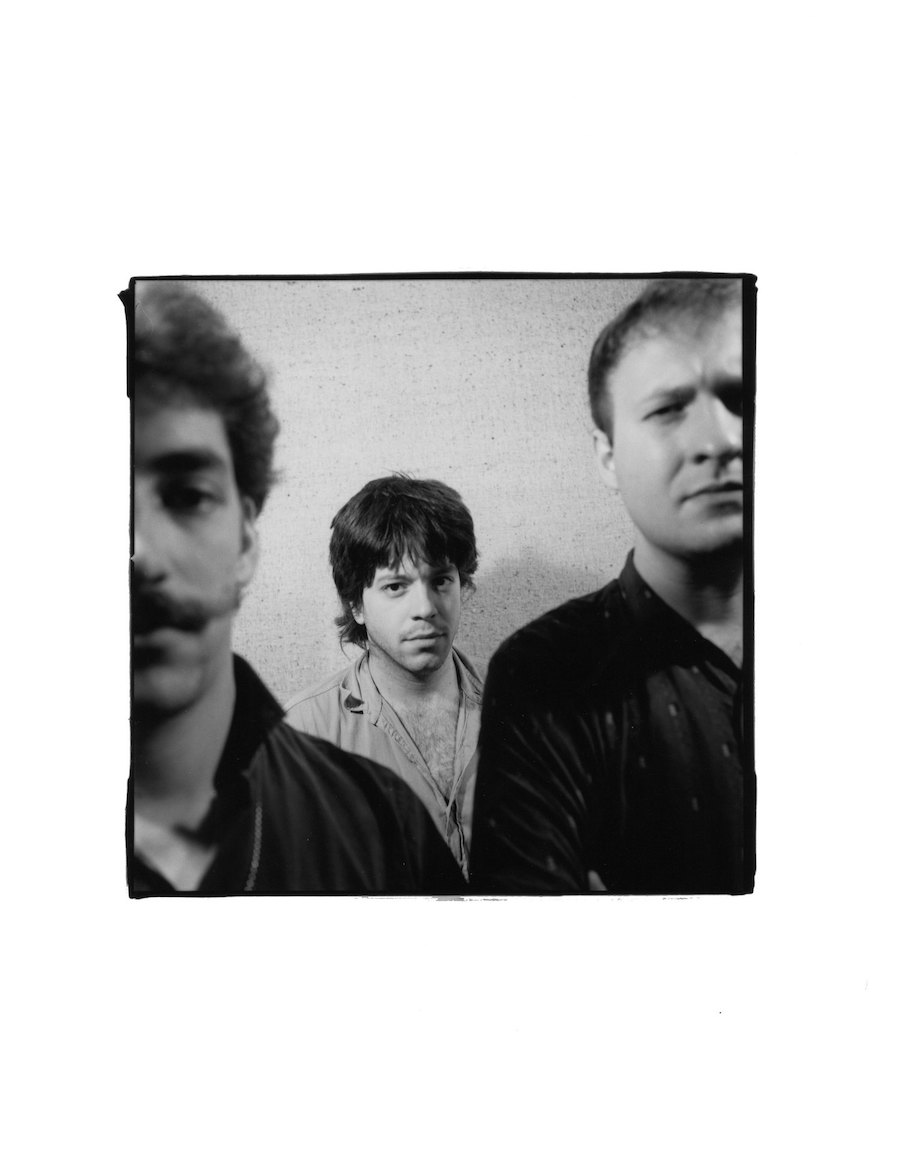
By the mid-’80s, the Saint Paul trio had helped make the Twin Cities the coolest music scene on the planet, alongside their Minneapolis rivals the Replacements and pop superstar Prince. After becoming the most popular band on the trailblazing California punk label SST Records and dominating college radio, Hüsker Dü signed to Warner Bros. and garnered MTV airplay for a pair of major label albums that broadened the band’s sound from hardcore to power pop without ever totally losing their punk edge.
More from Spin:
- Liz Brasher Makes Remarkable Music You Should Know About
- Oregon’s Drug Apocalypse
- Julian Lennon and Gregory Darling Share ‘A New Dream’ They Have For Us All
Hüsker Dü split up in 1988 amidst drug problems and creative differences between the band’s two songwriters, Hart and Mould, and both formed new bands and embarked on solo careers. Though Hart and Mould performed together once in 2004, the band would never fully reunite, and Hart died of liver cancer in 2017. Hüsker Dü’s classic third full-length studio album New Day Rising was released on January 31, 1985. Where does it rank in the influential band’s beloved catalog?
9. Everything Falls Apart (1983)
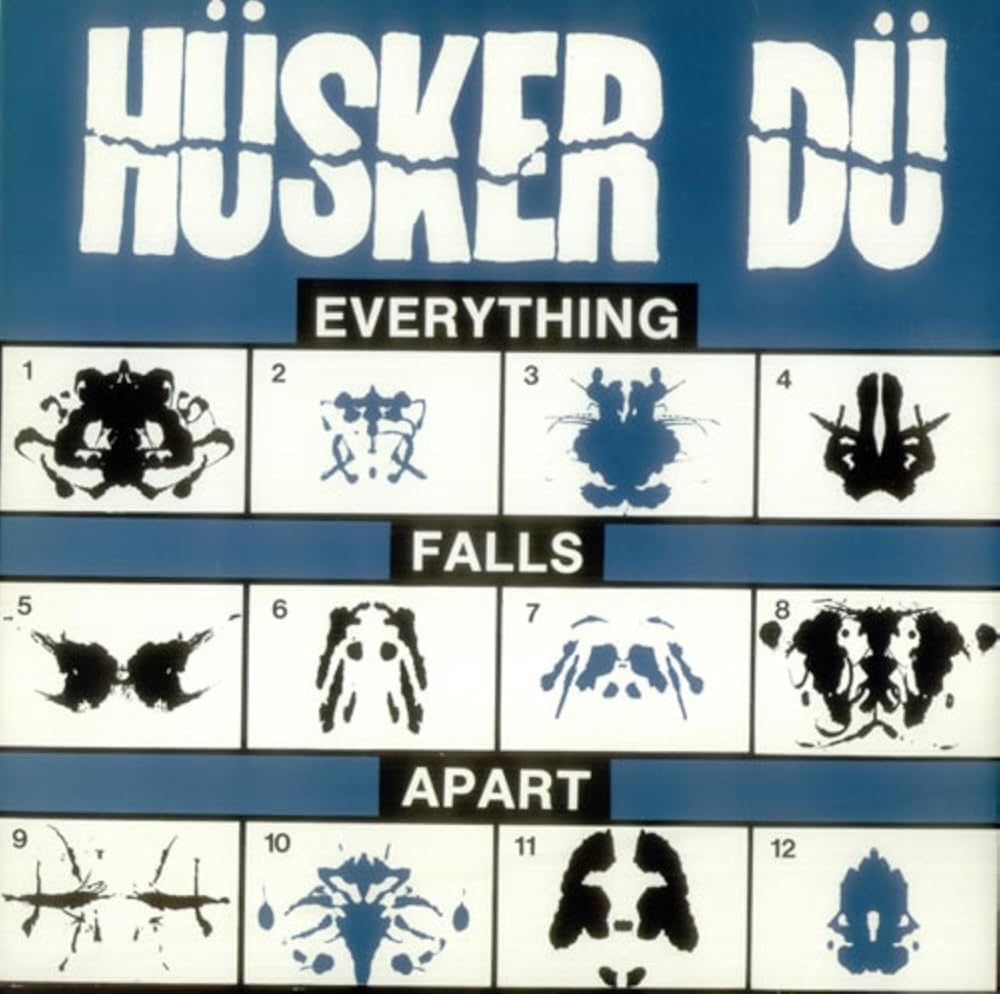
Hüsker Dü’s first studio album is a blur, speeding through 12 songs in 19 minutes. The title track’s chorus and the guitar solo on “Target” jump out as early glimpses of Mould’s genius, but Hart only contributes one song, “Wheels.” The barrage of rapidfire hardcore songs only lets up once, for a cover of Donovan’s 1966 hit “Sunshine Superman,” which feels like a wink to the listener, acknowledging that Hüsker Dü could play a hooky midtempo pop song if they wanted to.
8. Metal Circus EP (1983)
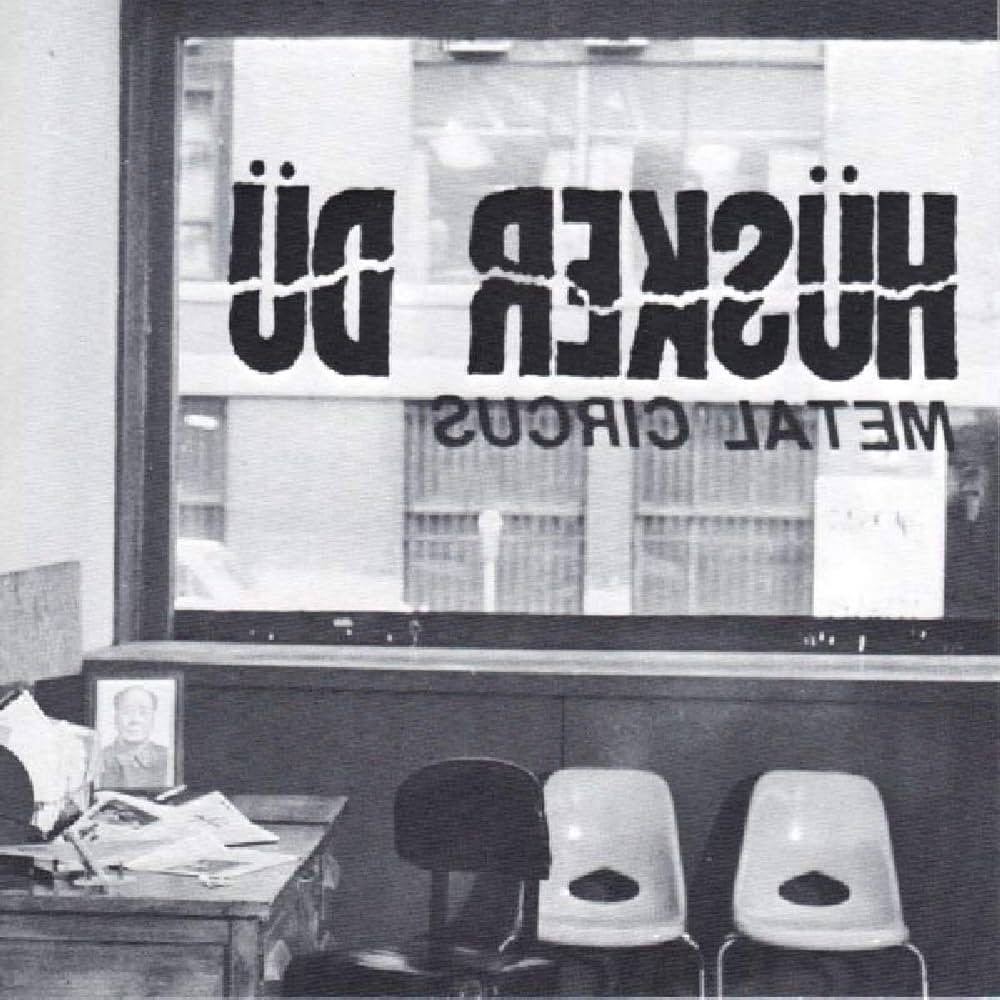
Metal Circus has about the same running time as Everything Falls Apart, but with Mould writing slightly longer songs, still played at the same blistering hardcore pace. The band’s first SST Records release represented a breakthrough for Hart’s songwriting on “It’s Not Funny Anymore” and especially the dark slow burner “Diane,” inspired by the 1980 murder of Minnesota waitress Diane Edwards.
7. The Living End (1994)
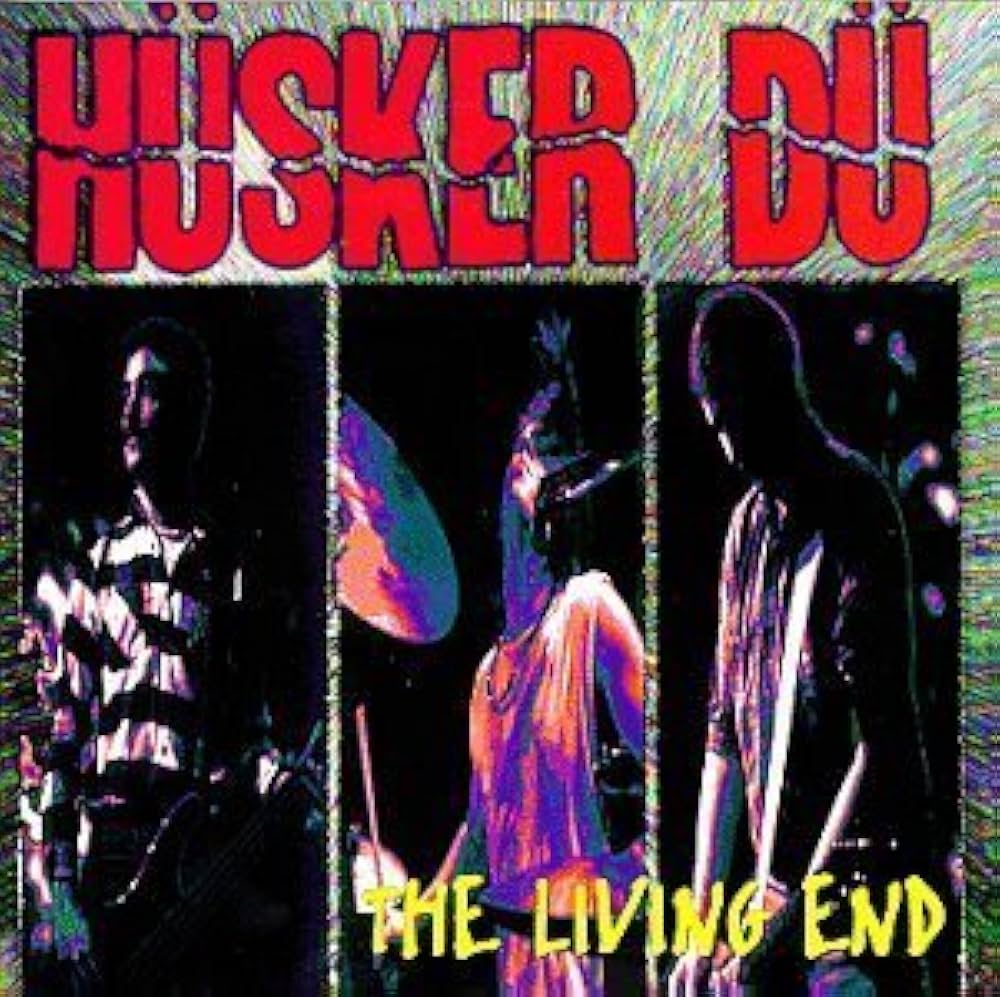
By 1994, Hüsker Dü was widely acknowledged as a major influence on a generation of popular alternative bands, and Warner decided to issue an album of live recordings from the band’s final tour without much input from the band. “I still haven’t heard the live album. I couldn’t bring myself to listen to it,” Mould told SPIN in 2008. Recorded in October 1987, two months before Hüsker Dü played together for the last time, The Living End is a pretty satisfying collection of spirited performances, featuring songs from every album, including the previously unreleased song “Ain’t No Water in the Well.” The collection ends with a nod to the first band Mould and Hart bonded over, The Ramones, with a cover of “Sheena is a Punk Rocker.”
6. Warehouse: Songs and Stories (1987)
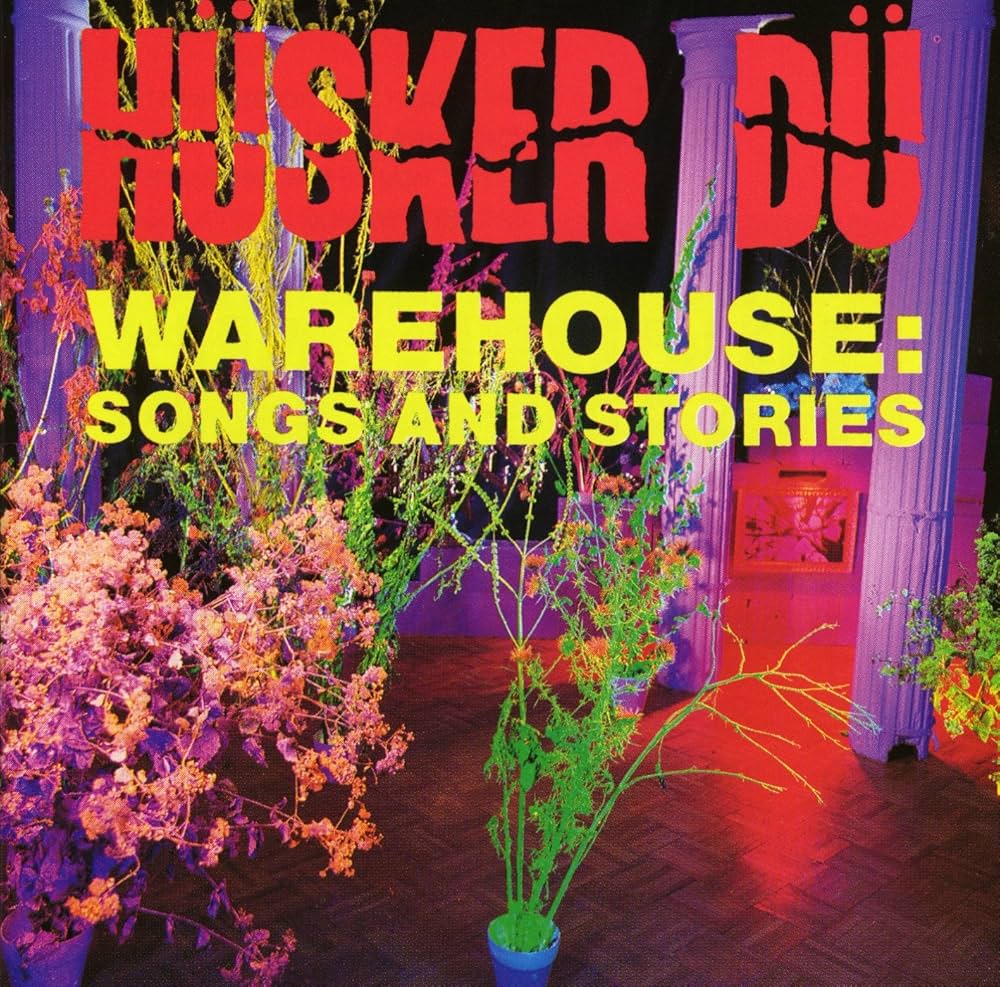
R.E.M. went platinum for the first time in 1987, and Hüsker Dü were well positioned to possibly become the next American alternative band to hit it big. The band reached the highest Billboard 200 chart position of its career, No. 117, and made television appearances on The Today Show and The Late Show Starring Joan Rivers. Warehouse: Songs and Stories was the end of the road, though, with Hüsker Dü disbanding less than a year after its release. The band’s second double LP isn’t audacious and wide ranging like Zen Arcade, but Mould and Hart were still pushing each other to occasional great heights as songwriters on Warehouse, with the former tapping into the surging energy of Hüsker Dü at their best on their final single “Ice Cold Ice.”
5. Land Speed Record (1982)
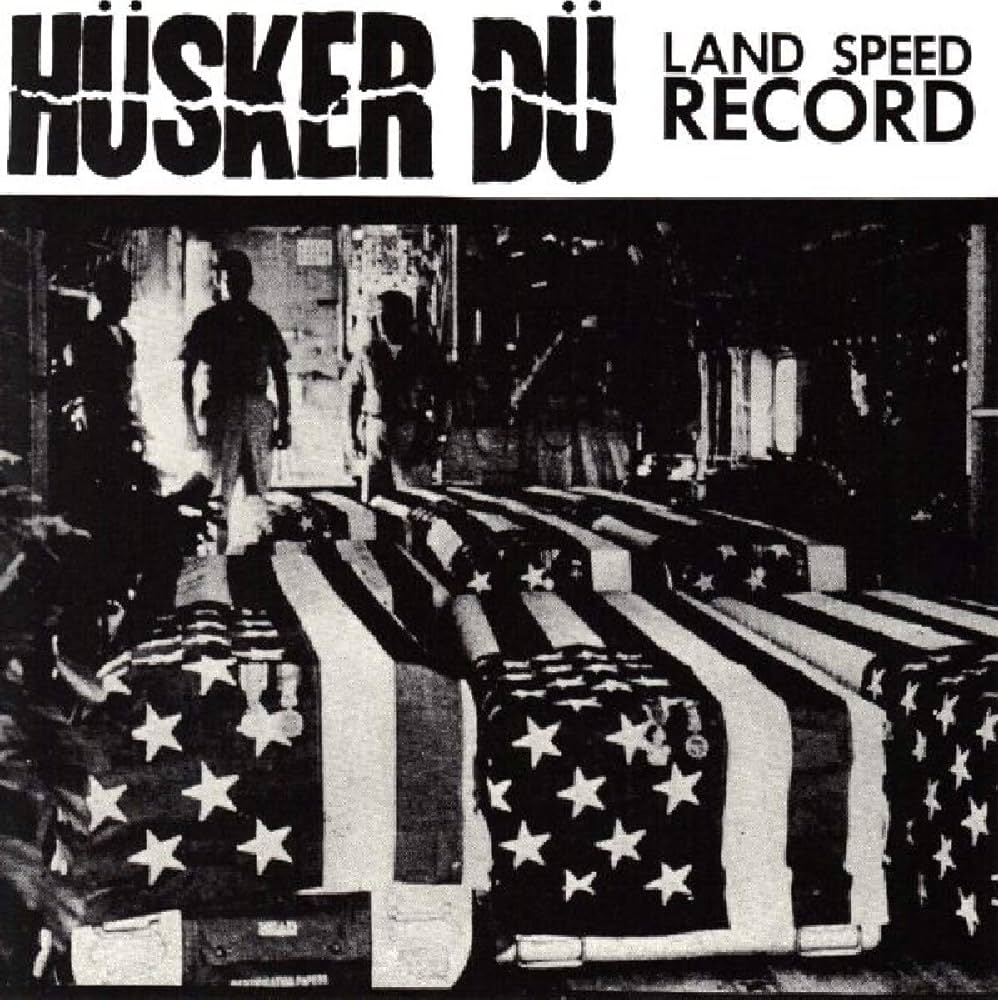
Hüsker Dü is one of a handful of great bands, including MC5 and Jane’s Addiction, who took the unusual path of releasing a live album before they’d made a studio album. Land Speed Record, named for the amphetamines that fueled Hüsker Dü’s first West coast tour, was recorded at the end of the tour at 7th Street Entry, the smaller of the two rooms at Minneapolis’s iconic club First Avenue. The album features both an explosive energy and key early songs like “Don’t Try To Call” that the band would never capture in a controlled studio environment. “Like a good Eno ambient, this raving nonstop live one provides just enough surface detail–recombinant noise guitar, voices tailing off like skyrockets, slogans such as ‘data control,’ ‘do the bee,’ and ‘ultracore’–to function as mood rather than trance music, though admittedly not for the same kind of mood,” Robert Christgau wrote in the Village Voice review of Land Speed Record.
4. Candy Apple Grey (1986)
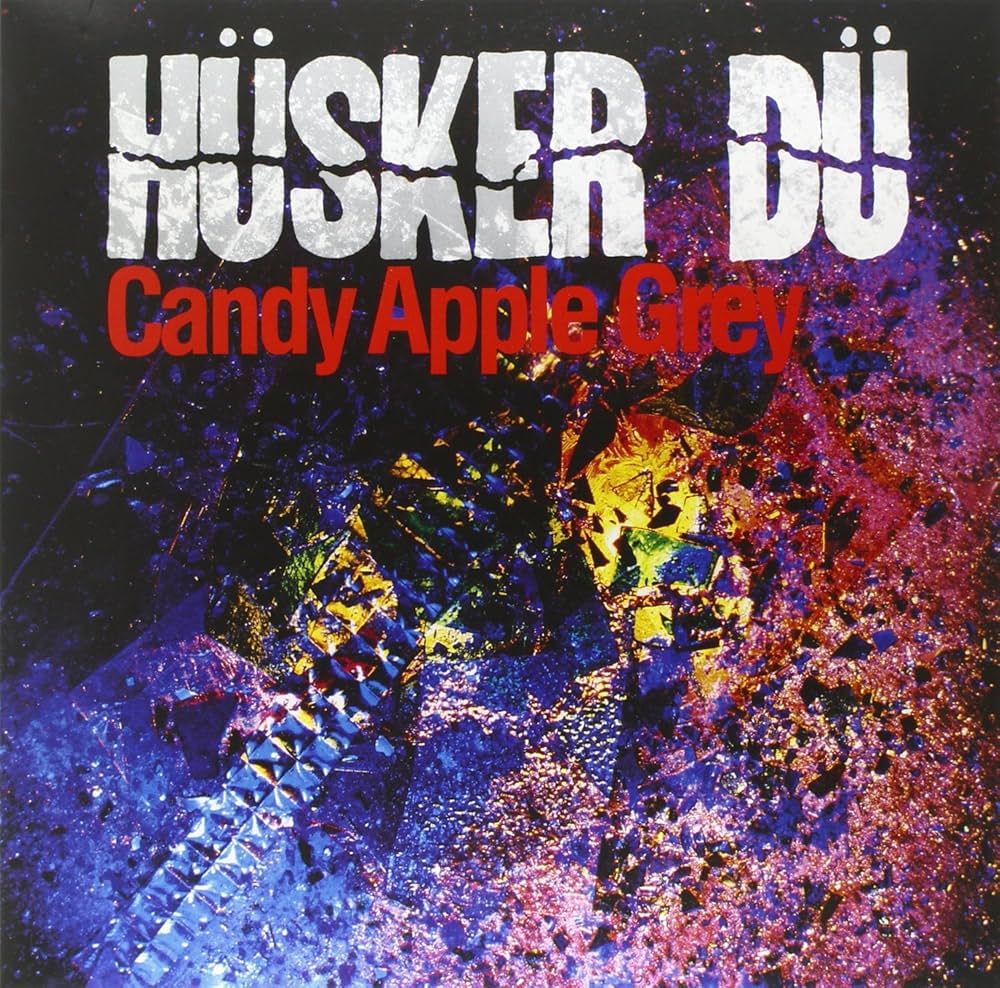
Many great indie bands have lost themselves in the jump to a major label, but Hüsker Dü retained full creative control in their contract with Warner Bros., and the band’s first album for the label feels like a natural extension of their SST work. Mould lets out a few throat-shredding screams on the opening track “Crystal,” almost as if trying to reaffirm the band’s punk cred or scare off casual fans, but by the halfway point of the album he’s singing back-to-back acoustic songs. Hart’s songs don’t veer to the same extremes, and two of his finest pop songs, “Don’t Want to Know If You Are Lonely” and “Sorry Somehow” became Candy Apple Grey’s singles.
3. Flip Your Wig (1985)
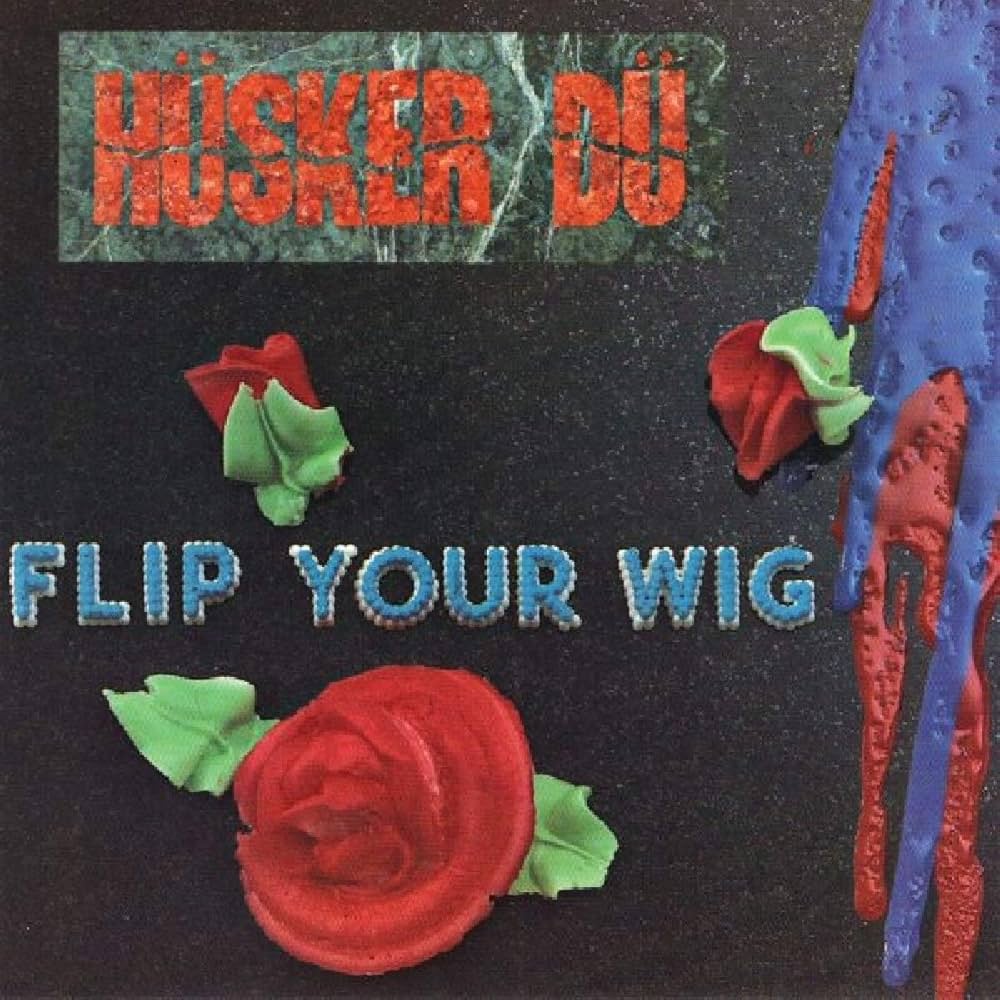
After recording most of their previous work with SST in-house producer Glen “Spot” Lockett, Mould and Hart produced Flip Your Wig themselves. It became the first release by the label to sell over 50,000 copies, and Mould considers it Hüsker Dü’s best album. Mould conjures wild squalls of guitar on “Find Me” and “The Wit and the Wisdom,” while Hart pulls the band further away from hardcore orthodoxy with the gorgeous love song “Green Eyes” and the slide whistle and vibraphone on the brief oddity “The Baby Song.”
2. Zen Arcade (1984)
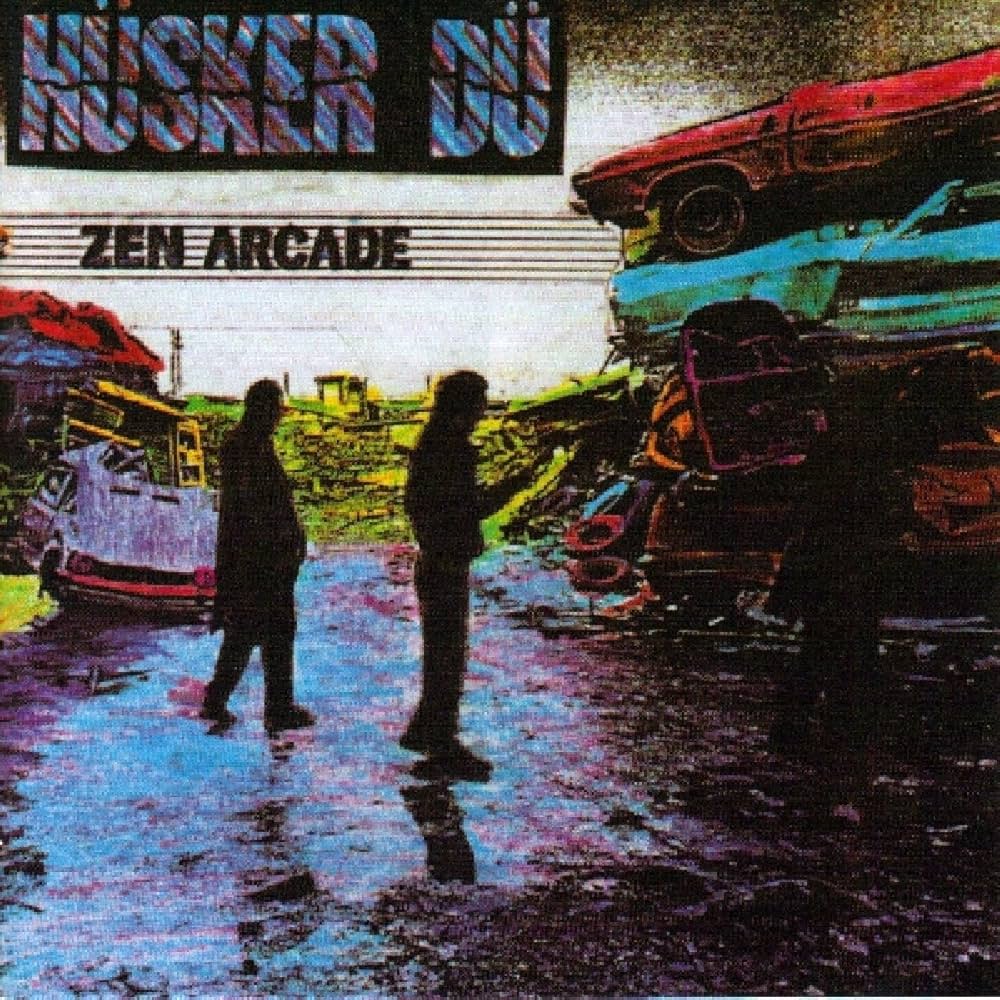
It must have taken an incredible amount of ambition for a young, relatively unknown band to make the leap from a 20-minute debut album to an epic 70-minute concept album in the space of a year. Even the competitive tension between Mould and Hart was momentarily set aside as they wrote songs that worked together to tell a story over the course of the album, tracing an arc from the youthful disillusionment to tragedy. Zen Arcade had the immediate effect of inspiring Hüsker Dü’s friends and labelmates the Minutemen to make their own double LP, Double Nickels on the Dime, and they were released the same day, becoming instant classics in the ’80s punk canon. “Zen Arcade is probably the closest hardcore will ever get to an opera,” David Fricke wrote in the Rolling Stone review of both albums. “A kind of thrash Quadrophenia, it traces a young buck’s passage through a series of social and emotional wastelands, whipping like a Japanese bullet train through bristling, unadorned folk (‘Never Talking to You Again’), surprisingly poignant bamalama (the icy death lament ‘Pink Turns to Blue’) and awesome white-noise constructions and backward tape tricks (the trippy raga collage ‘Hare Krsna’).”
1. New Day Rising (1985)
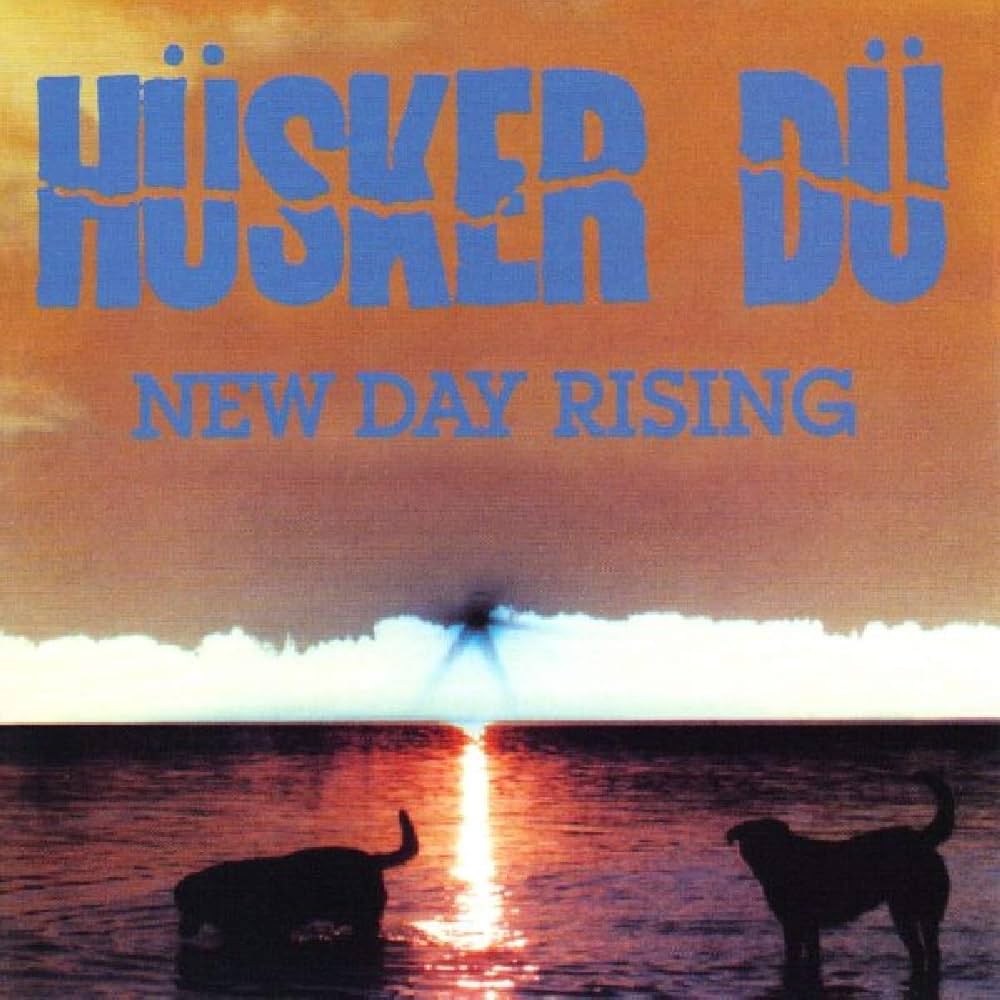
Where many of the songs on Hüsker Dü’s early albums were recorded in one take, New Day Rising is the moment when the band started to craft their studio tracks more purposefully, making tighter performances and transitions like the 12-string acoustic guitar outro on “Celebrated Summer” possible. Scaling down from the sprawl of Zen Arcade, New Day Rising is a laser-focused record packed with some of the trio’s most enduring songs, including “Books About UFOs” and “The Girl Who Lives on Heaven Hill,” and Mould’s serrated guitar tone explodes out of the speakers. One unlikely fan of the album was Robert Palmer, who regularly covered New Day Rising’s title track in concert while at the height of his success with “Addicted To Love.”
To see our running list of the top 100 greatest rock stars of all time, click here.
